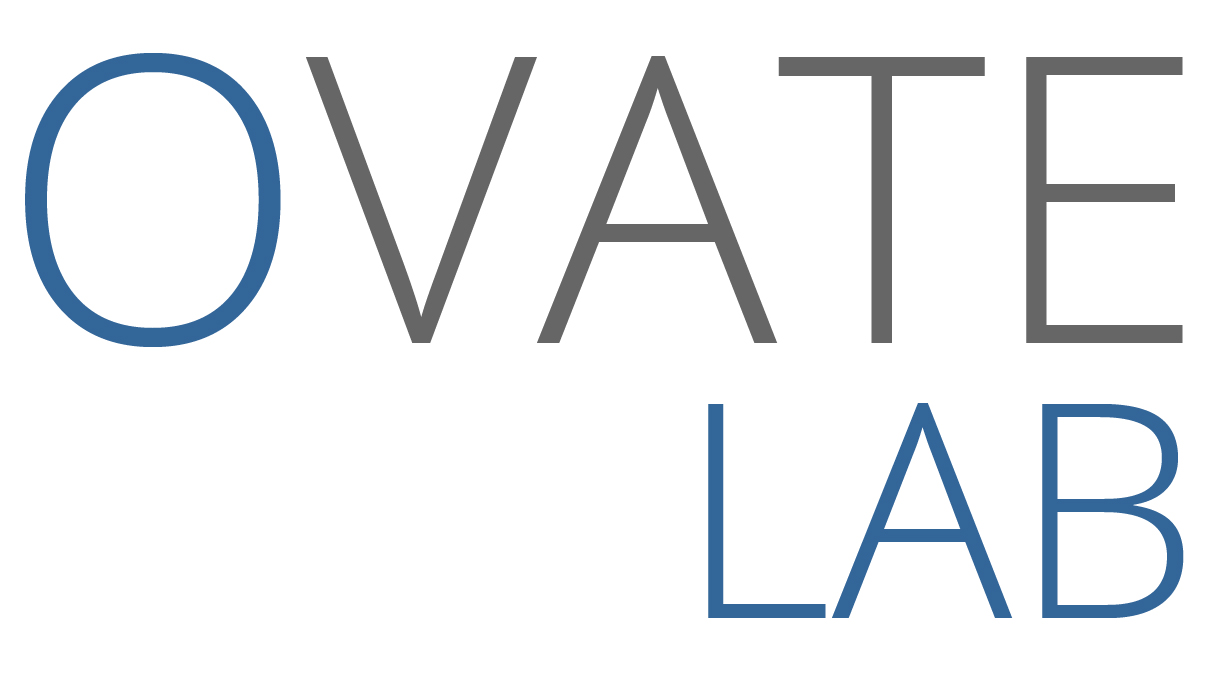Traditionally, the business have called the shots and IT have been servants to the cause. Though there were many successful projects delivered in this way the change in the corporate machine, coupled with the rise of technology and efficient ways of working has led to IT having a clear vision and strategy that challenges the status quo.
In lean start-ups, the slate is clean allowing IT departments and business visionaries to unite their thoughts of how to disrupt the market place and change working practice to gain competitive advantage. However, in established organisations there are established processes, with established governing principles that make change a slower process. The question is usually one of ‘how do you make the new world fit with the old?’ rather than removing shackles to enable change to happen.
We hear so much about transformation, articles setting out the steps for success and silver bullet approaches that everyone must take. In equal measure we hear of horror stories of unsuccessful transformation projects and proud reputations affected by the perception of failure.
Having read these step by step guides, they do make sense and there are success stories; such as our lean start-ups providing glowing testimonials of how the IT and business worlds came together to deliver a project that changed the fortunes of the company. These examples are to be applauded as it provides evidence that the general principle is sound and can get you to your objective.
But what of our established organisations? It is these that make or break ‘transformation’. Get it right and the organisation retains or gains market share. Get it wrong and we see competitors closing the gap or surpassing our position. If this happens, the gap feels impossible to close as not only does the company now need to transform, it needs to transform at a pace that catches and surpasses the competitor.
There is a popular saying that “Teamwork makes the dream work” and I believe that is certainly the case when we speak of transformation (whether this be ‘agile’, ‘digital’ or ‘people’). In order to change, you need people to change with you. Without support an idea will only ever be a whiteboard moment. The human aspect of transformation is often overlooked. To transform an organisation, you need your IT and business teams working together; towards a common goal to reduce the feedback loop, and get close to ‘right first time’ with respect to the function of a system.
At Ovate, the human aspect is the first angle we analyse when working with companies to define a transformation strategy. Our maturity assessments focus on the IT and business teams involved in the delivery of programmes of work. By understanding the governing principles that each department is working to, only then can you fully understand the ‘what’ (needs to happen) before you can define the ‘how’ (it can happen) or the ‘when’ (it can happen).
Our assessments provide the mechanism to deliver change to the organisation with a series of recommendations of how to bring the working practices of IT and business closer together. Once this is fully understood, we will then introduce the proposal for the mechanics of change, including but not limited to areas such as the implementation of collaborative tooling and lean governance models.
For more information about our maturity assessments and how they can assist with your transformation activity irrespective of where you are on your journey, please take a look at our website https://ovate.co.uk/service_catalogue/maturity-assessment/ where you can arrange a no obligation chat with our team or drop us an email: enquiries@ovate.co.uk




